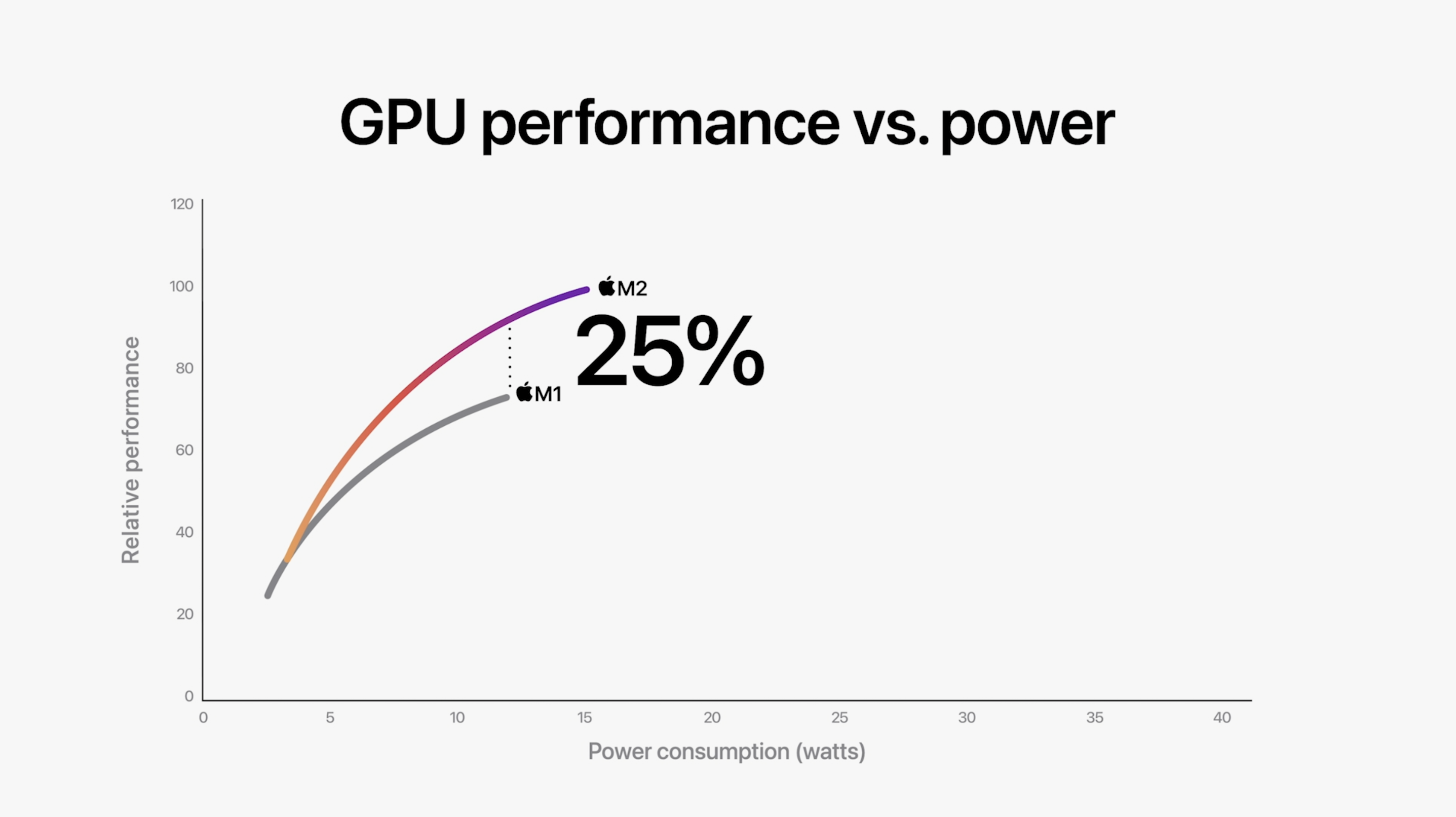Apple M2 chip — New features, specs and everything we know so far
The M2 chip is here, ushering in the second generation of Apple's bespoke silicon

The Apple M2 chip was unveiled at Apple's WWDC 2022 keynote on June 6, and it's the inaugural chip in Apple's second generation of bespoke silicon.
This is significant because the M2 is an evolution of the remarkable M1 chip that debuted in 2020, and it powers Apple's new 13-inch MacBook Air 2022 and MacBook Pro 2022. These are successors to two of the best MacBooks on the market, so it's exciting to see what an M2 injection can do.
Apple M2 chip: Top new features and improvements
- New 5-nanometer chip is a follow-up to the remarkable M1
- 8-core CPU and up to a 12-core GPU w/ performance improvements over M1
- Features 20 billion transistors, which Apple claims is 25% more than the M1
- Can support 100 GB/s unified memory bandwidth
- Supports up to 24GB unified memory
- 16-core Neural Engine with improvements over M1 Neural Engine
- Capable of playing back multiple streams of ProRes 4K/8K video
Apple M2 chip release date and configurations
The new Apple M2 chip debuted in two new laptops: the 13-inch MacBook Air and MacBook Pro, which launched in the Summer of 2022. The M2 chip is available in either the 13-inch MacBook Air 2022 (starting price: $1,199) or the MacBook Pro 2022 ($1,299), so you'll need to pay over $1k to get yourself an M2-powered MacBook.

It's also available in the Mac mini M2, a cheaper and more powerful version of Apple's pint-sized Mac.
Apple M2 chip: Specs
Apple's new M2 chip is configurable with an 8-core CPU and up to a 10-core GPU. That's an improvement over the original M1, which was configurable with up to an 8-core CPU and 8-core GPU. However it can't match the core counts of the beefier M1 Pro and M1 Max chips, which offer CPU core counts of 8-10 and GPU core counts of 16-32.

That said, Apple claims the M2 chip is capable of up to 18% greater multi-core performance than the M1. Based on our testing, Apple's done it again.
Our first opportunity to benchmark the M2 chip came courtesy of Apple, who sent us a 13-inch MacBook Pro 2022 review unit packing a 1TB SSD, 16GB of RAM and an M2 chip with an 8-core CPU and 10-core GPU.
Sign up to get the BEST of Tom's Guide direct to your inbox.
Get instant access to breaking news, the hottest reviews, great deals and helpful tips.
The M2 helped the 2022 Pro earn a score of 8,911 in the Geekbench 5.4 multi-core CPU performance test, which is quite good. It's better than the 7,521 earned by the M1-equipped MacBook Pro 2020 two years ago, and it also trounces many of the best Windows laptops with the latest Intel CPUs, including the Lenovo Yoga 9i Gen 7 we recently tested with a 12th Gen Intel Core i7-1260P CPU (7,150).
There's also a 16-core Neural Engine built into the M2, just like the M1. The Neural Engine in the M2 can process up to 15.8 trillion operations per second, which Apple claims is over 40 percent more than on M1.
The M2 chip supports up to 24GB of memory, and Apple claims it can deliver up to 2x the performance of the M1 chip while using half the power.

That would be an impressive improvement in performance and power efficiency, and it would back up Apple's claim that the M2-powered 13-inch MacBook Pro 2022 can deliver up to 20 hours of video playback on a single charge. Based on our testing, the MacBook Pro 13-inch is one of the longest-lasting laptops out there.
The M2 also offers a new media engine that should be capable of decoding up to 8K HVEC and H.264 video, with support for playing back multiple ProRes streams in 4K and 8K.

Apple also claims the M2 chip's image signal processor (or ISP) is significantly improved over what was available in the M1, so it should be able to help you look your best on video calls. This is true, based on our testing.
Apple M2 chip: Outlook
The fact that Apple has finally released the successor to 2020's industry-shaking M1 chip is exciting, especially if you're a Mac fan who's been eyeing a new 13-inch MacBook. The M2 chip is more of a mid-grade slice of Apple silicon that outperforms its M1 predecessor without matching the heights of the most tricked-out M1 Max.
Read next: Windows vs macOS: Which is better for you?

Alex Wawro is a lifelong tech and games enthusiast with more than a decade of experience covering both for outlets like Game Developer, Black Hat, and PC World magazine. A lifelong PC builder, he currently serves as a senior editor at Tom's Guide covering all things computing, from laptops and desktops to keyboards and mice.
- Tony PolancoSenior Computing Writer
